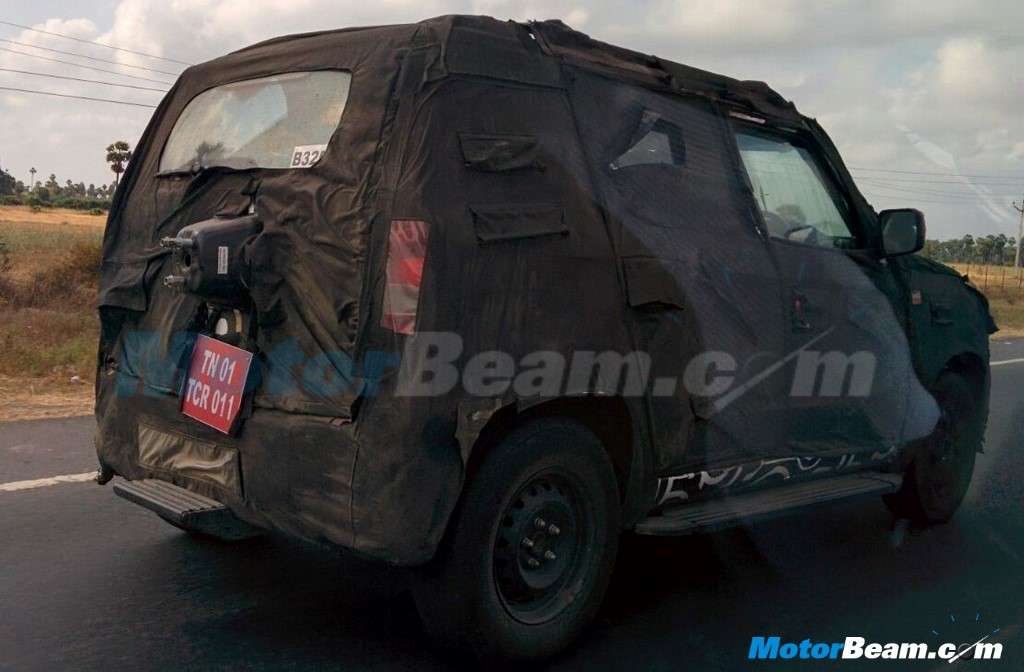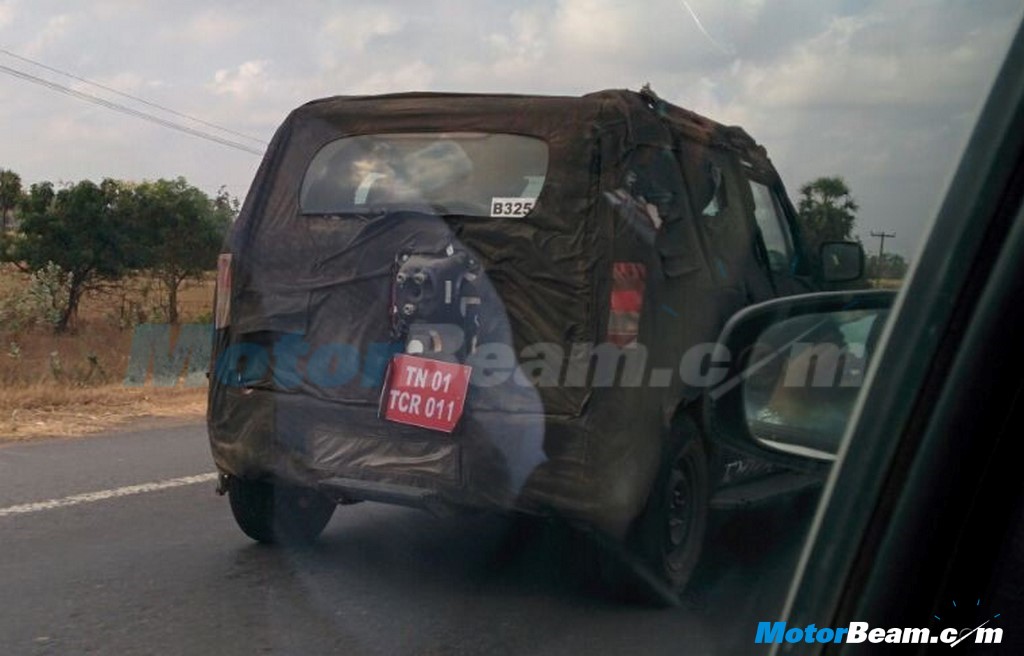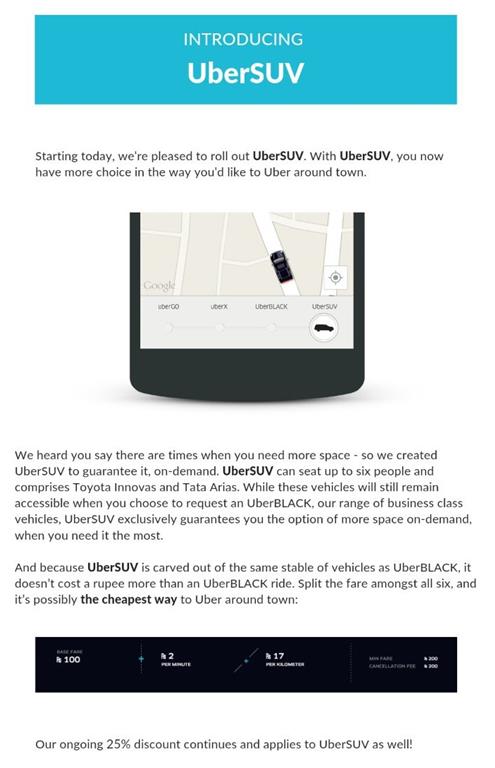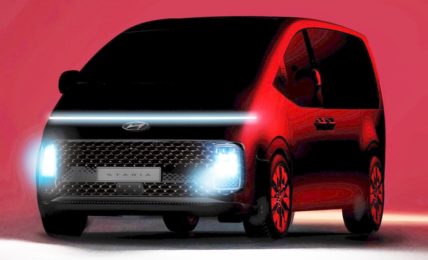In the recent past, a lot of cars are being tested on public roads before they are launched. The real purpose behind such tests is a matter of debate.

A few years ago, it was really difficult to spot a vehicle which was about to be launched on public roads. Usually, companies tested them at their own testing facilities or closed roads. But nowadays, ‘on test’ vehicles are being spotted in different parts of the country often. The question is whether manufacturers are actually testing cars on public roads to ensure they are suitable for India or are they doing it for free publicity before the launch. This question is a topic which would result in a big debate.
Most people believe that manufacturers test their cars on the roads for a long time to ensure the longevity of various components and to adjudge the serviceable life of consumables like brake pads. While true on the face of it, if you think with a different mindset, you would realise the other motive companies have behind testing their cars on the roads. When a camouflaged test vehicle is spotted on the roads, the internet is flooded with its pictures and lots of speculations arise. This creates a hype for the vehicle and automakers get free publicity for the to-be-launched cars or bikes (we have been seeing a lot of Pulsars and Mahindras off late while Tata Motors even did an interesting camouflage on the Zest with the name of the car printed all across). Nothing better than free publicity, isn’t it?
The free publicity motive becomes glaringly obvious when car companies test minor facelifts of certain models on the public roads with minimal camouflage. Such camouflage is clearly done in order to grab attention of onlookers because without it, most of the minor facelifts won’t be noticed. We feel it is good on the manufacturer’s part to test cars in varied geographical conditions which helps them in noticing faulty components and source their alternatives and at the same time it helps them in creating hype for the product. Overall, road testing has been widely accepted by most brands as they believe it is a better way of testing and instills confidence in the end customer.





